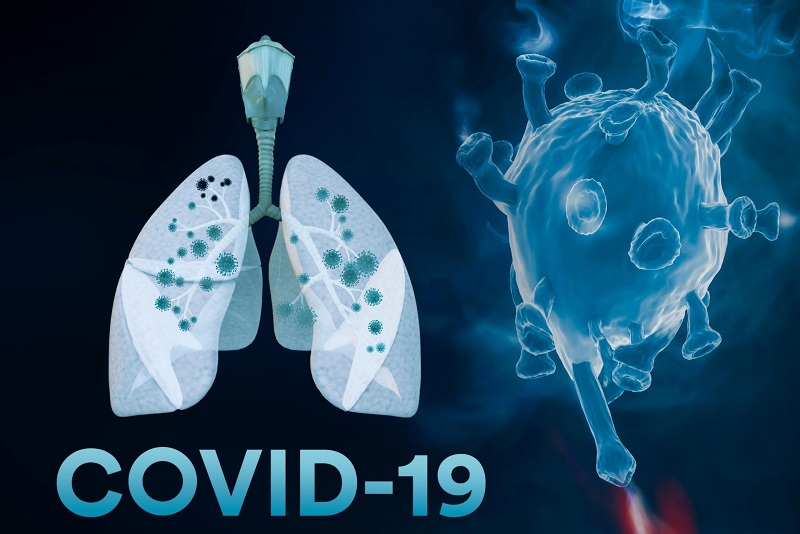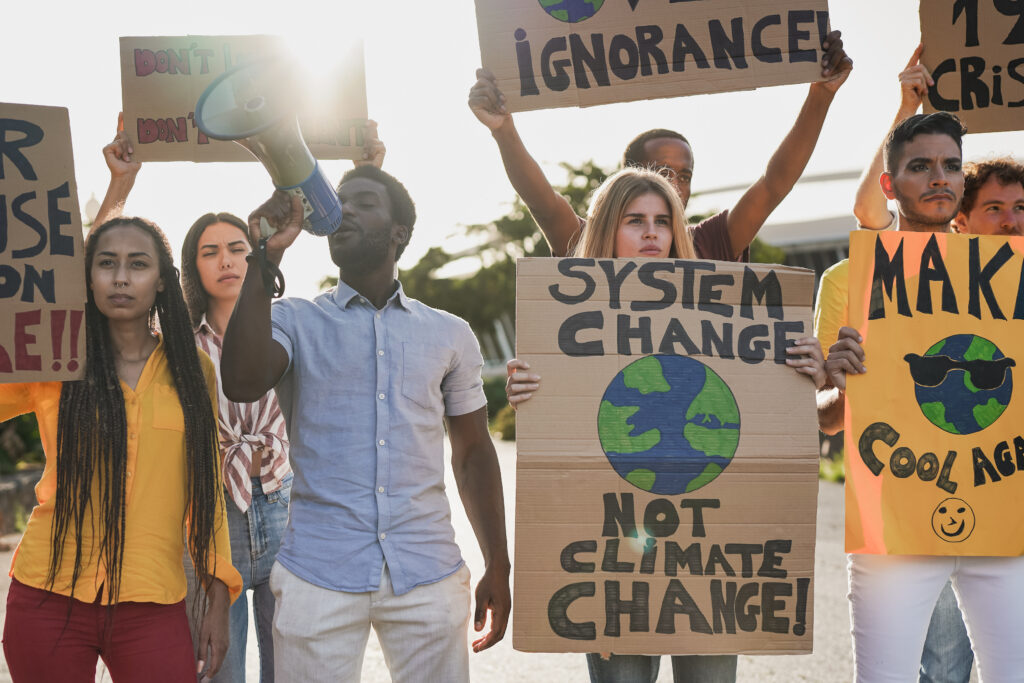Since the first recorded COVID-19 case in Wuhan, China back in December 2019, experts across the world have been working hard in the hopes of understanding the disease and eventually ending the pandemic.
Although numerous patients have since recovered, the American Lung Association (ALA) has pointed out that the term is actually “used loosely” because it “does not account for the lingering, returning or new symptoms many individuals are experiencing post-infection.”
Many survivors who have subsequently tested negative for the virus continue to suffer from the effects of COVID-19. Others refer to this condition as “long COVID,” especially if the individual still experiences symptoms four or more weeks from the initial infection.
COVID-19 and its effects on the lungs
When a person contracts the virus, the first organs that get affected are the lungs.

COVID-19 is “a respiratory disease, one that especially reaches into your respiratory tract, which includes your lungs” and it can “cause a range of breathing problems, from mild to critical,” a WebMD article tells us.
As we’ve also learned from medical professionals, those who have lung disease or other severe underlying medical conditions (such as heart problems or diabetes) who get infected by COVID-19 are at greater risk of developing serious complications.
The elderly are also more vulnerable because “their lung tissues may be less elastic, and they may have weakened immunity because of advanced age,” noted Panagis Galiatsatos, MD, MHS, a lung disease expert at Johns Hopkins Bayview Medical Center.
Meanwhile, the US National Library of Medicine – National Institutes of Health tells about research where 39 out of 55 COVID-19 survivors were found to have “some abnormalities in the CT scan” three months after being discharged from the hospital.
According to Texas Health Presbyterian Hospital Dallas pulmonologist Dr. Gary Weinstein, COVID-19 patients who have lung failure “frequently have failure or dysfunction of their other organs, such as the kidney, heart, and brain.”
“A bad case of COVID-19 can produce scarring and other permanent problems in the lungs,” reads the Hopkins Medicine website, “but even mild infections can cause persistent shortness of breath, getting winded easily after even light exertion.”
Recovering from COVID-19 lung damage
Galiatsatos said that full recovery is still possible for most but may take a while because of the injury and scarring caused by the virus. “Over time, the tissue heals, but it can take three months to a year or more for a person’s lung function to return to pre-COVID-19 levels,” he explained.
“Working toward recovery starts simple: with a focus on breathing,” remarked Johns Hopkins physical therapist Peiting Lien. “Deep breathing can help restore diaphragm function and increase lung capacity. The goal is to build up the ability to breathe deeply during any activity, not just while at rest.”
“Once the pandemic is over, there will be a group of patients with new health needs: the survivors,” Galiatsatos also foretold. “Doctors, respiratory therapists and other health care providers will need to help these patients recover their lung function as much as possible.”







